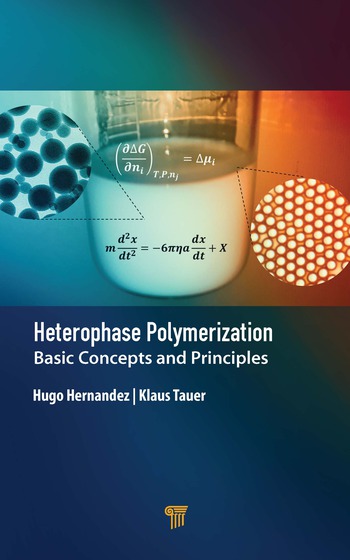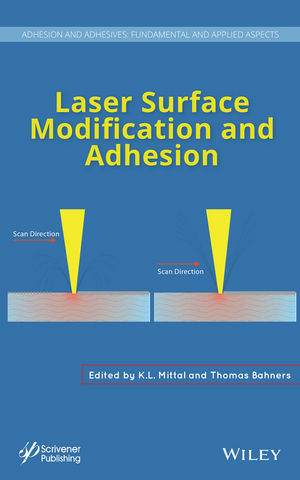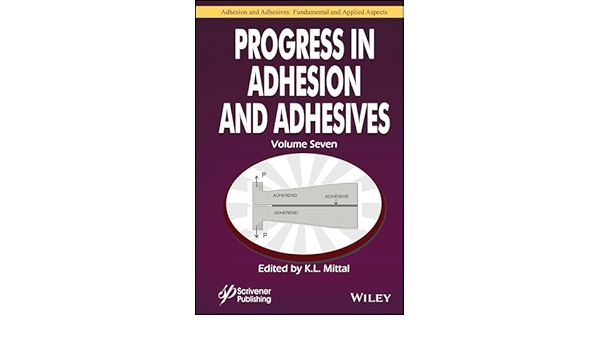Question:We want to use a flexible epoxy adhesive sealant for an application that will be exposed to daylight, but we are concerned about possible long-term discoloration of the product. Can you offer some advice?
Answer:Epoxies are rarely used in situations where constant light exposure is possible. For example, you may have noticed that epoxy coatings are normally used as primer coats and then top-coated with an acrylic or polyurethane. This is because epoxies tend to chalk and yellow when exposed to daylight. Use of proper pigmentation and UV absorbers can often help this situation, but the best solution is to get away from the traditional aromatic backbone of epoxy resins. The use of epoxies based on hydrogenated bisphenol A instead of straight bisphenol A will often solve this problem, albeit at a greater expense. Another alternative is to look at cycloaliphatic epoxy resins, though you may need to cure these with heat or UV radiation. Cycloaliphatic epoxies have been in short supply in recent years after a major manufacturer stopped production, but they are being offered again by a number of new suppliers.
Question:What is the difference between a hardener, a primer, an accelerator and an activator for adhesives and sealants?
Answer:This terminology can be confusing because the terms are often used interchangeably between technologies and differently by different manufacturers of the same technology. The term “hardener” is most often used in two-part epoxy adhesives where most manufacturers call the part that actually contains the epoxy molecule the “adhesive” and the part that contains the curing agent the “hardener.” Some of these epoxy systems also contain additives in the hardener component to speed up the cure; these are usually called “accelerators” or “catalysts.” Some one-component systems use so-called “primers” or “activators” that are applied to surfaces before applying the adhesive. Sometimes the primer will serve to condition the surface and ensure maximum adhesion - a good example is the use of organosilane primers for ensuring good adhesion and bond durability when RTV silicones are bonded to glass surfaces. In other cases, the primer or activator is actually used to speed up the curing of the adhesive. For example, special surface primers have been designed for surface-initiated adhesives (such as cyanoacrylates) to increase the speed of cure when atmospheric humidity is very low, or on so-called “inactive” surfaces.
I hope this helps, but unfortunately you will still find some confusion in the industry. When in doubt, ask your supplier specifically what a material actually does.






